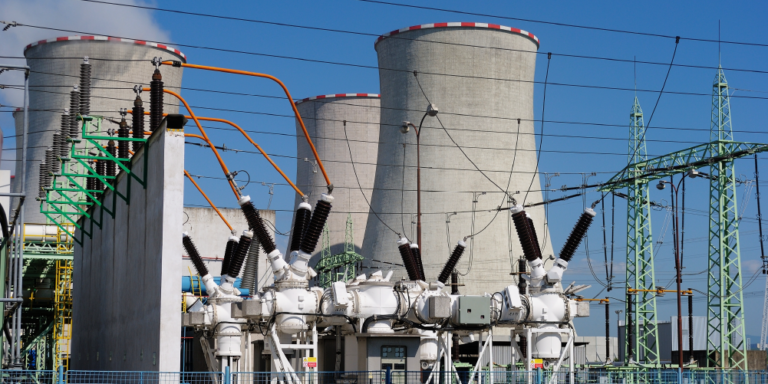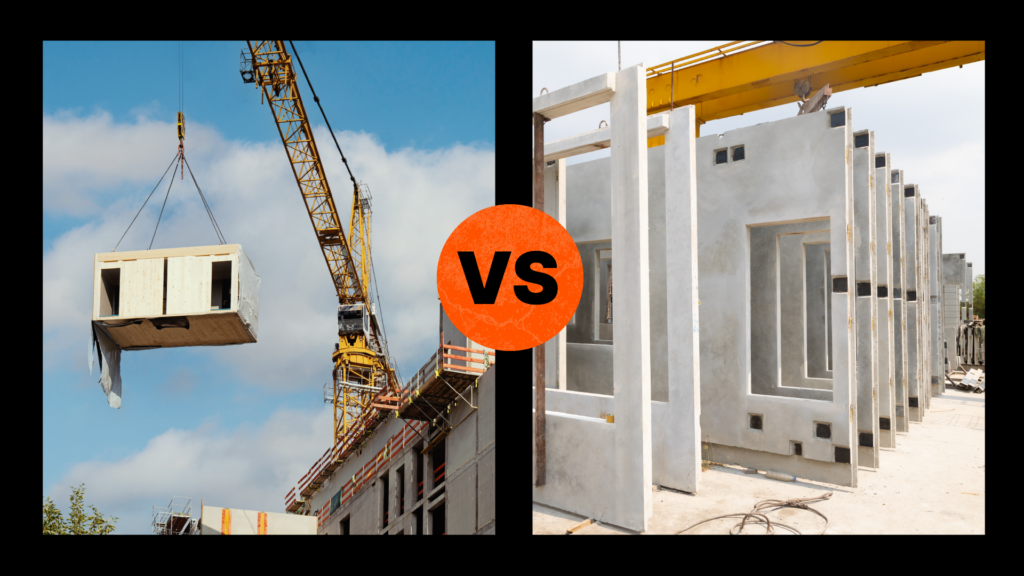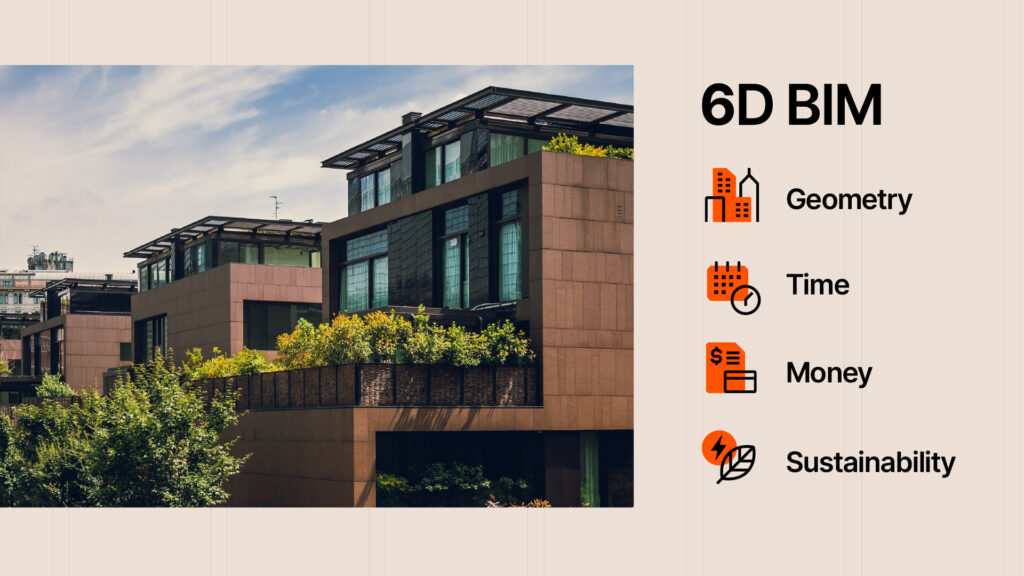— 8 min read
Energizing Infrastructure: Insights Into Power Plant Construction
Last Updated Jun 11, 2024
Last Updated Jun 11, 2024

The U.S. has over 11,000 utility-scale power plants that ensure homes stay lit, offices stay online and factory equipment keeps humming. As technology advances and lifestyles shift, energy consumption fluctuates, but what stays steady is the need for safe and efficient power plant construction.
Power plant construction is the building, expansion and renovating of facilities that convert primary energy sources, such as fossil fuel, into secondary energy sources, such as electricity.
This article explores power plant construction, including what makes it unique from other types of commercial construction, common challenges, and important considerations throughout the construction process.
Table of contents
The Basics of Power Plant Construction
Energy companies usually work to be years ahead in determining and planning for an area’s need for energy. However, as areas develop and markets change, demand can eventually catch up to those plans and energy providers must find ways to increase capacity. They usually do this by building new power plants, expanding existing ones or renovating facilities to be more effective and efficient.
These three types of power plant construction tend to be very different and serve different purposes. New power plants usually require large-scale construction projects that can be very expensive but can better help meet demand that has significantly increased. Renovations and expansions can be quicker and more cost-effective because they use existing infrastructure, but they can also be more dangerous, as construction crews are more likely to be exposed to hazardous chemicals and will need to work with energy systems that are in use.
Because the priority in power plant construction is to create facilities that are effective, efficient and safe, the construction process tends to be very exact and predictable. The plans and designs for new facilities tend to be similar or identical to those from facilities that already exist and have proven to work. Construction usually focuses on executing plans exactly as they were passed down from the engineers. This helps minimize the risk of a facility malfunctioning or an emergency occurring while making timelines and budgets more predictable.
There are many different types of energy, including renewables such as solar or wind, nuclear, and geothermal. However, over 80% of energy used in the U.S. comes from fossil fuels. Even more specifically, natural gas is the most common source used for electricity. Because of this, this article will default to referencing natural gas power plants unless otherwise noted.
Phases of Power Plant Construction
The phases of building a power plant resemble those of other construction projects but have characteristics that set them apart.
Planning
Planning for new builds or extensions of power plants starts with extensive analysis. Energy companies work to anticipate demand for energy capacity years in advance. They usually conduct environmental impact assessments and assess potential sites as a construction project becomes more likely.
When it comes to design, power plant construction is not a creative process. Many energy companies employ large teams of engineers who manage the facility’s design according to functionality and efficiency. Design considerations account for site specifics such as ingress and egress, emergency escape routes and easy access for facility maintenance and operations.
Many international energy companies have their own strict standards for quality and safety, which helps account for the varying regulations in different jurisdictions. However, engineers must also be familiar with the codes and regulations in the area they are working in. Some places, like California, have online guides with important information about building and expanding power plants.
Preconstruction
Engineers meticulously select materials and equipment to maximize efficiency, so much of the work of preconstruction is procuring the exact resources dictated by the designs. Because power plant equipment is so specialized, most general contractors (GCs) have trusted vendors or manufacturers they tend to work with. With the exception of required specifications and preferred brands, the components that make up a power plant are usually very similar and include:
- Transmission lines
- Fuel supply lines
- Gas turbines
- Combustion systems
- Generators
- Cooling systems
- Control systems
- Electrical systems (including transformers to transmit electricity to a grid)
- Backup systems
- Fuel supply systems
- Emission Control Systems
GCs also spend a chunk of the preconstruction phase procuring enough steel and concrete materials, which both factor heavily into the construction of most power plants. Some GCs have concrete mills built on the jobsite so they can have a steady, readily available supply. Others may use prefabricated materials that are manufactured and later transported to the site for installation.
Learn more about the benefits of prefabrication for construction projects.
Because of the dangerous nature of the equipment and chemicals used in power plants, a safety plan needs to be established before construction begins. Remodels and extensions of power plants tend to be more dangerous than new builds because the site is more likely to have been contaminated by chemicals and construction will likely require connecting new equipment to equipment that’s already in use. In many cases, a safety plan will have an outreach element because safety and potential disasters have implications for the surrounding area and communities.
Some GCs will hold town hall meetings or create a website that people living in the surrounding areas can reference to learn the progress of the project and what to do in case of an emergency.
Construction
GCs usually work to precisely execute the designs they were given. Engineers meticulously created plans and selected materials to optimize efficacy, so there is little room for debate. For the most part, Requests for Information (RFIs) will be used to get clarification, as opposed to asking about or proposing changes.
Safety is always a huge concern. Crew should be able to easily reference a clear safety plan and GCs often offer additional training to identify and know how to handle contamination and hazardous chemicals. In some cases, workers will need to wear personal protective equipment (PPE). For remodels or extensions, most energy companies will be responsible for burning off or handling chemical byproducts and built-up stored energy before the build begins.
Because of the dangerous nature of the project, communication is crucial. Many GCs will require rigorous labeling for inputs, outputs and other connections to avoid mistakes and accidents. For remodels and extensions, GCs will constantly communicate with the energy companies about what pipes and equipment are in use and the location of potential hazards.
Post-construction
Most power plants need to undergo extensive testing and inspections for safety and efficacy before beginning to operate. Many places require plants to have numerous permits and approvals, which might include environmental permits, air permits, water permits and zoning permits.
Many states have specific agencies that manage power plants and other aspects of energy production, consumption and conservation. Oftentimes, those agencies need to be involved in certifying that a plant is ready and safe for use. For example, Texas has a Commission on Environmental Quality that manages registrations and permits for power plants and conducts audits to ensure a plant meets or exceeds air quality regulations, emission limits and other requirements.
Stay updated on what’s happening in construction.
Subscribe to Blueprint, Procore’s free construction newsletter, to get content from industry experts delivered straight to your inbox.

Common Challenges With Power Plant Construction
Building a power plant is a complex and precise undertaking, and there are a few common challenges.
Reducing Weight
Lighter power plants are generally more energy efficient and have lower operational costs and environmental impact. Engineers scrutinize every choice for materials, equipment and specifications in order to minimize the weight of a facility. This might include using computer-aided design (CAD) technology to optimize the plant design or making specific choices like installing lightweight insulation.
Power plants must be able to support their own weight, which can be difficult when converting energy requires heavy equipment and intense processes such as compression and pressurization. Reducing the weight of a facility also makes it more likely to be able to withstand extreme external variables, such as major storms or earthquakes.
Safety Plans
Constructing a power plant can be dangerous work. This is particularly true when renovating or expanding a power plant, because potentially dangerous chemicals and equipment are already in use and might have contaminated the site. Safety plans need to be thorough and clearly communicated with crew and the surrounding communities. Job hazard analyses should be filled out meticulously and identify hazards and prevent exposure to workers. Crews sometimes need PPE and often need special training in order to be able to identify dangerous situations or hazardous chemicals.
The Extraordinary Costs of Delays
Power plants are expensive to build and expensive to fix but once they’re running, they can be extremely lucrative. Most companies have a precise understanding of how much money a plant will make once it’s open, so the stakes for completing construction on time are extremely high. Much of the construction process is mathematical and predictable in order to minimize risk and better predict timelines and costs.
Many, Many Stakeholders
Building and operating a power plant involves many stakeholders, from international energy companies and government regulatory agencies to neighbors living nearby. Further, some stakeholders, such as an energy company or a municipality, have their own set of strict regulations for building and operating a power plant.
Engineers and GCs must have a command of a company’s standards for quality and safety, as well as the codes and regulations in the area they’re building. Documentation is also extremely important, as this can prove work was done correctly and can also be used to keep stakeholders informed.
Power plants: Optimization is always in demand.
The demand for energy is constantly fluctuating, as new technologies emerge that might require a lot of energy or, conversely, might be more energy efficient. However, the energy industry is always looking to find ways to optimize energy production — a process that begins with the construction of new plants and goes through the remodeling of existing ones.
Was this article helpful?
Thank you for your submission.
100%
0%
You voted that this article was . Was this a mistake? If so, change your vote here.
Scroll less, learn more about construction.
Subscribe to The Blueprint, Procore’s construction newsletter, to get content from industry experts delivered straight to your inbox.
By clicking this button, you agree to our Privacy Notice and Terms of Service.
Categories:
Tags:
Written by
Nicholas Tilford
20 years of experience in construction, technology, and workforce development. A passionate tech advocate, Nick simplifies complex technical concepts to create scalable, impactful learning solutions. Recognized as an inspiring voice in the industry, he trains, mentors, and leads teams through the ever evolving landscape of construction technology.
View profileJames Hamilton
70 articles
James Hamilton is a writer based in Brooklyn, New York with experience in television, documentaries, journalism, comedy, and podcasts. His work has been featured on VICE TV and on The Moth. James was a writer and narrator for the show, VICE News Tonight, where he won an Emmy Award and was nominated for a Peabody Award.
View profileExplore more helpful resources

Modular Construction and MEP: A Collaborative Pairing
In an age of supply chain disruptions, workforce shortages, and rising material costs, off-site construction — including modular construction methods and prefabricated materials — is surfacing as a multipurpose solution....

Connected Construction: Transforming the Industry Through Integration
Construction projects are becoming increasingly complex, so companies need to innovate to accurately and profitably complete these modern structures. Connected construction — using technology and data to improve communication, processes...

Off-Site Construction: Prefab vs. Modular
As the construction world becomes ever more competitive, deadlines get tighter and the margin for error gets slimmer, project owners around the world are always looking for an edge. Thanks...

The Role of BIM in Sustainable Construction
Building information modeling (BIM) is transforming the architecture, engineering, and construction (AEC) industry. With this kind of sophisticated modeling, the industry has shifted from designing in 2D to 3D. This helps...